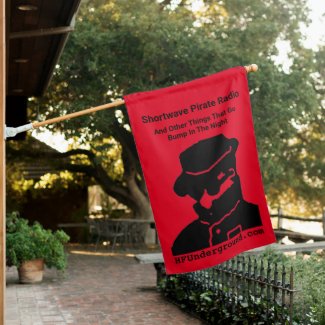The New York Times
November 23, 2012
Code Found on Pigeon Baffles British Cryptographers
By ALAN COWELL
They have eavesdropped on the enemy for decades, tracking messages from Hitler’s high command and the Soviet K.G.B. and on to the murky, modern world of satellites and cyberspace. But a lowly and yet mysterious carrier pigeon may have them baffled.
Britain’s code-breakers acknowledged on Friday that an encrypted handwritten message from World War II, found on the leg of a long-dead carrier pigeon in a household chimney in southern England, has thwarted all their efforts to decode it since it was sent to them last month.
As the bird’s story made headlines, pigeon specialists said they believed it may have been flying home from British units in France at around the time of the D-Day Normandy landings in 1944 when it somehow expired in the chimney at the 17th-century home where it was found in the village of Bletchingley, south of London.
After sustained pressure from pigeon-fanciers, the Britain’s GCHQ code-breaking and communications interception unit in Gloucestershire agreed to try to crack the code. But on Friday the secretive organization, whose initials stand for Government Communications Headquarters, acknowledged that it had been unable to do so.
“The sorts of code that were constructed during operations were designed only to be able to be read by the senders and the recipients,” a historian at GCHQ told the British Broadcasting Corporation.
“Unless we get rather more idea than we have about who sent this message and who it was sent to, we are not going to be able to find out what the underlying code was,” said the historian, who was identified only as Tony under GCHQ’s secrecy protocols.
Code-breakers, he said, believed that there could be two possibilities about the encryption of the message, both of them requiring greater knowledge about the identity of those who devised or used the code.
One possibility, he said, was that it was based on a so-called onetime pad that uses a random set of letters, known only to the sender and the recipient, to convert plain text into code and is then destroyed.
“If it’s only used once and it’s properly random, and it’s properly guarded by the sender and the recipient, it’s unbreakable,” the historian said.
Alternatively, if the message was based on a code book designed specifically for a single operation or mission, GCHQ code-breakers were “unlikely” to crack it, Tony said. “These codes are not designed to be casually or easily broken,” he said.
The pigeon’s skeleton was initially found by David Martin, a now-retired probation officer at his home in Bletchingley, when he was cleaning out a chimney as part of a renovation. The message, identifying the pigeon by the code name 40TW194, had been folded into a small scarlet capsule attached to its leg.
“Without access to the relevant codebooks and details of any additional encryption used, it will remain impossible to decrypt,” GCHQ said in a news release. “Although it is disappointing that we cannot yet read the message brought back by a brave carrier pigeon, it is a tribute to the skills of the wartime code-makers that, despite working under severe pressure, they devised a code that was undecipherable both then and now.”
Mr. Martin said he was skeptical of the idea that GCHQ had been unable to crack the code. “I think there’s something about that message that is either sensitive or does not reflect well” on British special forces operating behind enemy lines in wartime France, he said in a telephone interview. “I’m convinced that it’s an important message and a secret message.”
There was some indication on Friday, though, that GCHQ was not taking 40TW194’s code as seriously as, say, tracking satellite phone communications between militants in the Hindu Kush.
One of the most “helpful” ideas about the code, according to Tony, the GCHQ historian, had come from an unidentified member of the public who suggested that, with Christmas looming and thoughts turning, in the West at least, to a red-robed, white-bearded, reindeer-drawn bearer of gifts skilled at accessing homes through their chimneys, the first two words of the message might be “Dear Santa.”



